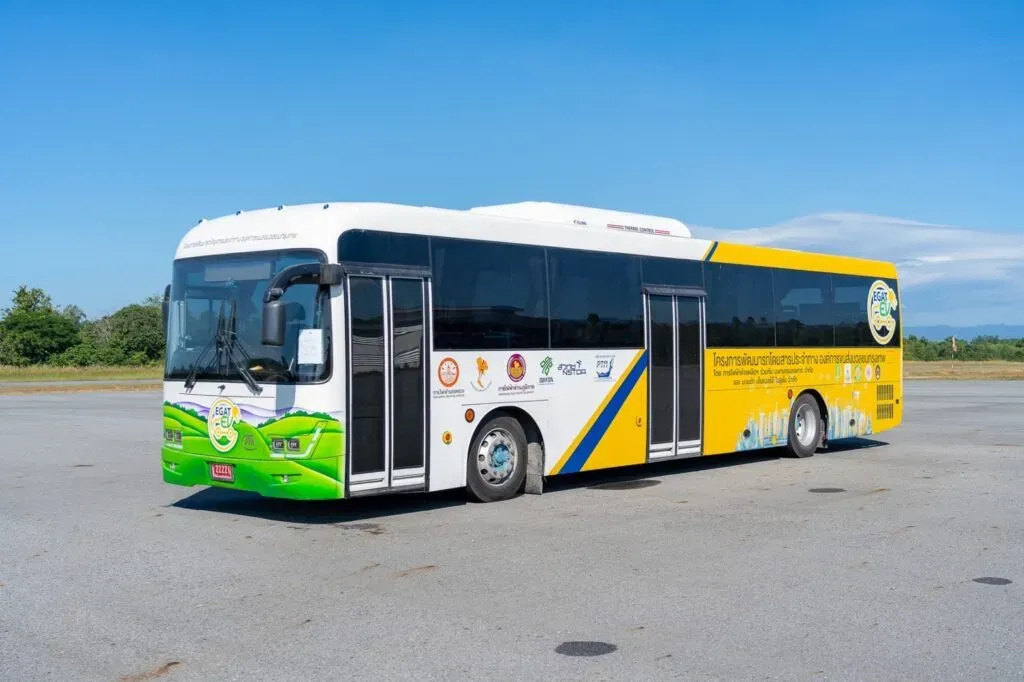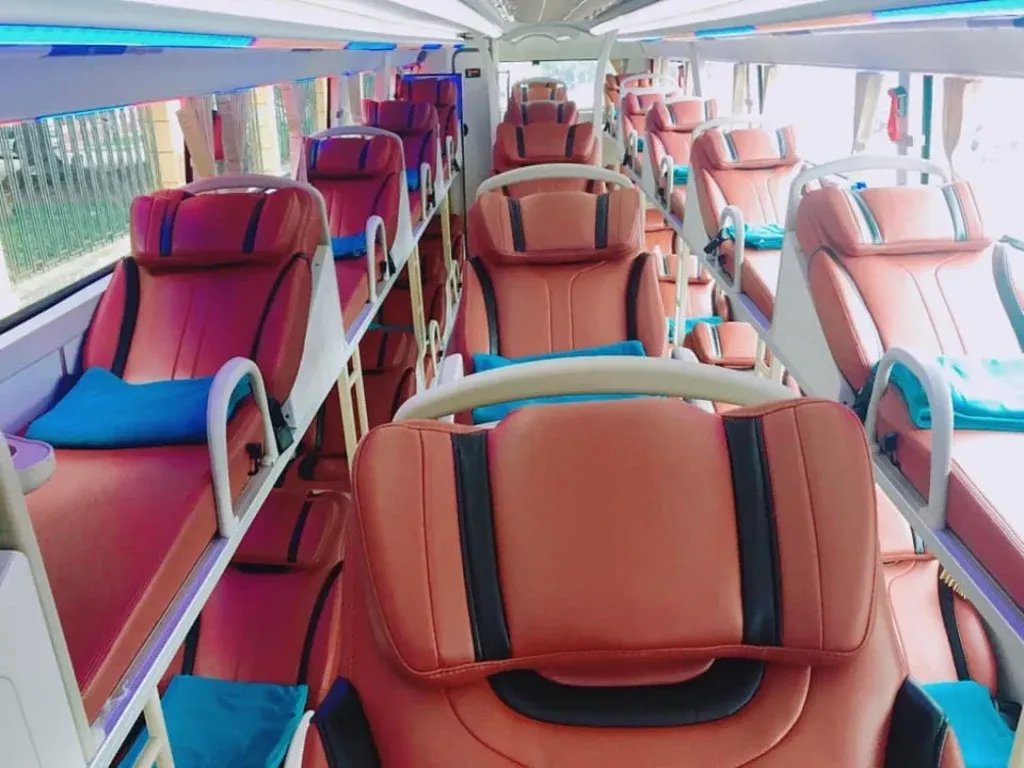Traveling in China in 2024 presents countless transportation options, from high-speed trains to modern flights. However, few tourists are aware of China’s sprawling network of intercity buses—a “hidden gem” offering unique and budget-friendly travel experiences. If you’re looking for a flexible, inexpensive way to explore China at a slower and more intimate pace, intercity buses might be your golden ticket. This comprehensive guide will equip you with all the details you need to confidently navigate and enjoy your adventures across this fascinating country.
Pros and Cons of Choosing Intercity Buses to Explore China
Intercity buses are not just a means of transportation; they’re an integral part of the travel experience in China. But before deciding, let’s weigh their pros and cons to ensure an informed choice:
Pros:
- Frequent Departures: Unlike flights or trains, which often operate on fixed schedules, intercity buses run frequently—sometimes every hour or even every 30 minutes on popular routes. This flexibility is ideal for travelers who prefer spontaneous plans or need to adjust their itinerary last minute.
- Quick and Simple Procedures: Travelers accustomed to rigid airport or train station security will notice the stark contrast at bus terminals. Security checks are generally faster and far less complicated, saving you time and reducing pre-departure stress.
- Convenient Terminal Locations: Bus terminals are typically located in city centers or bustling neighborhoods. This convenience is invaluable when heading to your hotel, a nearby attraction, or other areas within the city after disembarking. Compared to landing at remote airports or far-flung train stations, you save both time and transportation costs.
- Affordable Ticket Prices: Intercity buses stand out as one of the most budget-friendly transportation options compared to flights or high-speed trains. For travelers on a tight budget or those wishing to allocate more money toward activities or shopping, this choice is a perfect fit for wallet-friendly travel.
- High Availability and Easy Ticket Purchase: Unlike flight or train tickets, which often sell out during peak seasons, bus tickets are generally readily available. You can purchase tickets on the day of travel—or even minutes before departure—offering unmatched flexibility for last-minute plans.

Cons:
- Longer Travel Times: Compared to flying and high-speed trains, buses typically take longer to reach their destinations—especially on long-distance routes. If speed is your top priority, intercity buses might not be the best choice.
- Limited Amenities: Although many modern buses offer air conditioning, comfortable seats, and even sleeper options, they are comparatively less spacious and luxurious than airplanes or express trains. Personal space might feel cramped, and onboard services may be limited.
- Language Barriers: For those unfamiliar with speaking Chinese, challenges arise when navigating bus travel in China. Most bus drivers and terminal staff may not speak English, which can make buying tickets, asking for directions, or resolving issues stressful.
- Traffic Safety Concerns: While road safety in China has improved significantly, buses carry a relatively higher risk compared to trains and planes. Opt for reputable bus companies and adhere to safety guidelines for a worry-free trip.
- Motion Sickness: Travelers prone to motion sickness could find bus rides uncomfortable, especially on winding roads or mountainous routes. Be prepared by bringing motion sickness remedies to ease any discomfort.
Types of Intercity Buses in China: A Breakdown
To cater to diverse passenger needs, China’s bus services come in multiple types. Here are the two most common intercity buses to consider:
Bus with Standard Seats: The Budget-Friendly Option
Standard seated buses are the most common and familiar type in China. Designed with rows of seats facing forward, these buses offer a straightforward and economical travel experience.
Modern seated buses are typically equipped with air conditioning, heating systems, and onboard screens showcasing Chinese movies throughout the journey. Restrooms may be available, though their functionality varies. Ticket pricing for standard seated buses follows a fixed rate, and seating operates on a first-come-first-served basis.
Sleeper Coaches: Comfort Meets Long-Distance Travel
Sleeper coaches provide a vastly different travel experience, especially for long journeys or overnight trips. Instead of seats, passengers are treated to individual beds. Most sleeper buses feature three rows of bunks with two aisles. Restrooms are located at the back—though availability may vary by bus.

Sleeper coaches often share similar amenities with seated buses, such as onboard entertainment, air conditioning, and heating, depending on their model. Tickets for sleeper buses are pricier than those for standard buses, and upper bunks generally cost less than lower ones.
Navigating Bus Terminals in China: How to Find the Right One
For seasoned travelers accustomed to China’s transport system, finding bus terminals is straightforward. However, first-timers may struggle with the various categories of terminals in major cities—sorted by route, services, or regions (e.g., long-distance terminals, international buses).
Here are some tips for locating the right bus terminal:
- Pinpoint Your Destination: Before heading to a terminal, identify the exact city or district you wish to travel to. This narrows your search parameters and ensures accurate directions.
- Ask Locals or Taxi Drivers: Don’t hesitate to seek guidance from locals or taxi drivers—they’re typically well-informed and can direct you to the correct terminal.
- Rely on Mapping and Translation Apps: Apps like Baidu Maps (百度地图) or Gaode Maps (高德地图) are invaluable for locating bus terminals. Combine them with translation services such as Google Translate or Pleco for easier communication.
- Consult Your Hotel or Hostel: Staff at hotels or hostels often have extensive knowledge of local transportation options. They can advise you on which terminal suits your travel plans or even help arrange transportation.
Decoding Bus Schedules and Smart Ticket Purchases
Navigating intercity bus schedules can appear daunting. Unlike highly digitized train and flight systems, bus schedules in China are often less accessible online—primarily in Chinese. But with the right strategies, you’ll manage just fine.
- Visit Terminals Directly: The easiest method is arriving at a bus terminal to inquire at the ticket counter. Staff can provide you with schedules and pricing using terminal displays or printed brochures.
- Use Voice Translation Apps: If language barriers persist, leverage speech-to-text translation apps to communicate with ticket counter staff.
- Seek Hotel/Hostel Guidance: As previously mentioned, your accommodation’s staff may provide helpful information on bus schedules and even assist in ticket purchasing.
- Rely on Travel Guides: Certain travel guidebooks feature updated bus schedules—a resource worth checking for essential routes.
- Popular Routes Simplified: On well-traveled routes, buses frequently depart every 20–30 minutes or hourly. You’re unlikely to encounter sold-out seats or excessive wait times.
When buying tickets, there are two primary options:
- Terminal Purchases: Simply head to the terminal with your passport for a straightforward transaction. Note that China enforces a “real-name ticketing system,” meaning tickets are non-transferrable.
- Third-Party Purchases: If visiting a terminal is inconvenient, you can request help from friends or local agencies to book tickets on your behalf.
Pro Tips for a Comfortable Intercity Bus Journey
To make your intercity bus travel as smooth and enjoyable as possible, don’t miss these essential tips:
- Arrive Early: Reach terminals 30–60 minutes before departure to avoid last-minute stress and crowds.
- Pack Snacks and Drinks: Onboard food options are usually limited, so bring your own snacks, fruit, and bottled water.
- Carry Personal Comfort Items: To improve your journey, pack essentials like a neck pillow, eye mask, earplugs, travel wipes, a power bank, and a book or magazine for entertainment.
- Respect Shared Spaces: Keep the bus clean and be mindful of other passengers by maintaining personal hygiene and disposing of trash responsibly.
- Secure Your Belongings: Always monitor your luggage and valuables—especially in crowded spaces—and avoid displaying items of high value.
- Learn Basic Chinese Phrases: Knowing key phrases like “Hello,” “Thank you,” “Where to?”, and “Where’s the restroom?” will enhance communication and help you receive assistance when needed.
- Embrace Local Culture: Intercity buses offer an excellent lens into local life and culture. Stay open-minded, friendly, and respectful of regional customs.
With this comprehensive guide to traveling by intercity bus in China, you’ll gain both confidence and knowledge to explore the country in a fresh and exciting way. Intercity buses are more than just transport—they’re cultural bridges connecting you to memorable experiences and offering deeper insights into the vibrant diversity of China. Wishing you safe travels, delightful discoveries, and lasting memories!